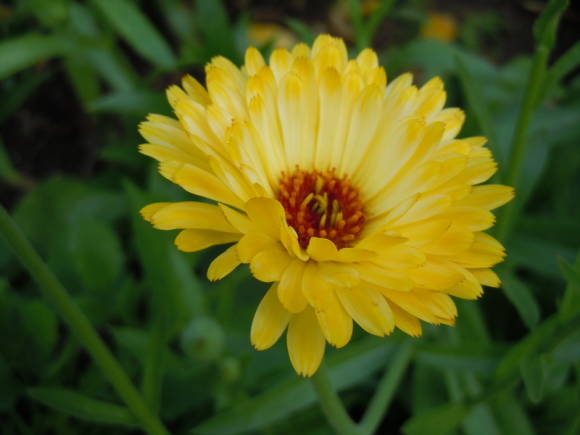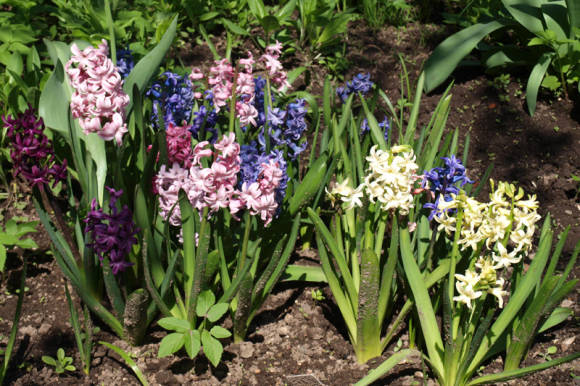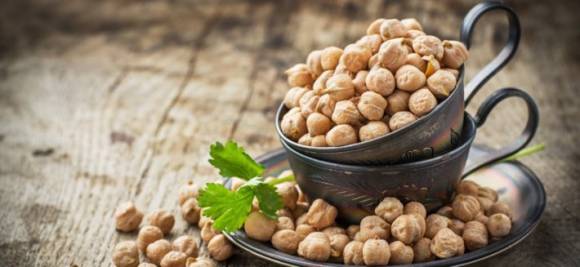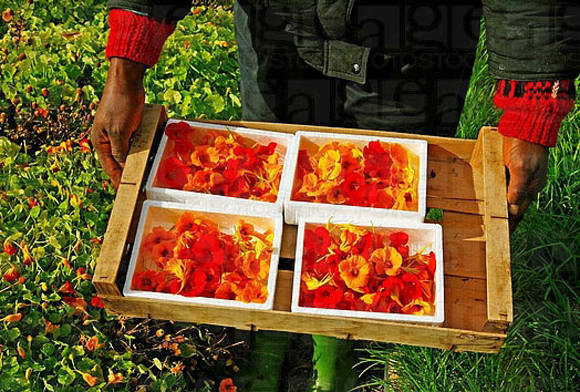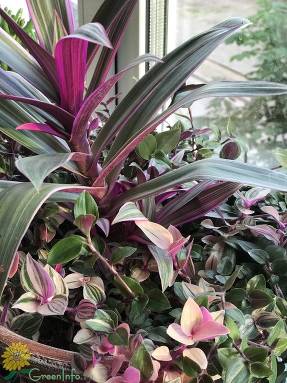Why remove the row of lower leaves and some of the flowers?
The size and quality of the crop is favorably affected by the regular removal of the lower aging and, especially, yellowed or diseased leaves, because they become parasitic. It is better to do this on a sunny morning, so that the wound on the stem dries up quickly.
The leaves on the plant begin to be removed when the fruits turn pink on the first cluster. And by the time the fruits begin to ripen on the second cluster, all leaves up to the first cluster must be completely removed. At the same time, begin removing the leaves under the second brush. In tall tomatoes, the leaves are also removed under the third brush, but no more. You can remove 2-3 sheets at a time.

Remember! Removing many leaves at the same time can lead to severe cracking of the fruit due to a sharp decrease in moisture evaporation.
By the way, one of the main reasons for poor tomato ovary on the first clusters, even with abundant flowering and plant nutrition, may be a lack of light caused by an abundance of leaves on the plant.
To obtain larger and smoother fruits, it is desirable to remove the last flowers and, especially, the buds in the inflorescence. It is also necessary to remove the first double flowers from large-fruited varieties of tomatoes, since ugly fruits grow from them.
Do I need to grow very large fruits?

When growing giants, it must be remembered that it is not enough to form these plants; they also require rationing the number of ovaries in each brush. At the same time, the fruits in the brush will become smaller, but they will be larger. To get very large fruits on the lower and middle brushes of the giants, 2 ovaries are left, and on the upper ones - one at a time. With such an adjustment of the number of fruits, the total weight of the crop does not decrease, and the fruits become larger.
Large-fruited varieties often have "double" flowers, they must be plucked out, because they produce large but ugly fruits.
It takes 50-60 days for large-fruited tomatoes to grow from a flower. Therefore, at the beginning of the second decade of July, all the brushes on which the ovaries have not yet formed, and the crown of the plant must be pinched.
If the fruits on the hand are large and there are a lot of them, then the stalk may break off under the weight of the tomatoes, and then the growth of the fruits will stop. Such brushes must be additionally tied with twine or attached with an elastic band to the stem, or placed in a net tied to a trellis, in which they will lie, as in a cradle.
But, picking a tomato weighing 1000-2000 g, in an ordinary Russian family, consisting of 2-3 people, a common problem arises. "What to do with him?" Therefore, it seems to me that such giants are good for fan gardeners, for display at an exhibition, or if you have a large family. And for one-time consumption at a family dinner, it is wiser to grow large-fruited hybrids, in which the fruit weight is not more than 500 g.
Why did hollow fruits appear?
Hollow fruit is the result of poor pollination of tomato flowers. The reasons for this may be high air temperature (above + 33 ° C), sudden temperature changes or very low air temperature (below + 12 ° C) and too high humidity.
To prevent this from happening, it is necessary to increase the ventilation in the greenhouse (remember - they like drafts), apply fruit formation regulators and shake the plants slightly 2-3 times a week in the morning to improve pollination.
Why aren't the fruits sweet?
Most likely, this was due to a lack of potassium in the soil. At the same time, a "marginal burn" appears on the lower leaves of plants, the fruits are small, not sweet, and may even fall off.
Why are the fruits unevenly colored?
Uneven color of fruits (unless this is a varietal trait) can occur due to too high temperature, lack of potassium and magnesium (green spots appear on ripe fruits), high concentration of ammonia nitrogen and insufficient lighting (brown spots). If these errors in agricultural technology are eliminated, then the uneven color of the fruits will quickly disappear.
Can you eat green tomatoes?
Do not eat green tomatoes. The fact is that they contain solanine, which is not destroyed even after heat treatment and causes poisoning.And in ripe tomatoes, the concentration of solanine is very low, so it does not pose a danger to human health.
As soon as the air temperature steadily drops below + 10 ° C, the tomatoes stop ripening. At this time, they must be removed and removed for ripening in a warm place.
Why do ovaries and even fruits fall off?
The secret of success in growing tomatoes is to preserve all flowers and ovaries, especially on the first clusters, not to let them crumble. Why did this happen?
First, it can be caused by a lack of moisture or nutrition in the soil or excessive doses of nitrogen in the initial stage of budding. Young plants should not be watered until the first pouring fruit appears with infusion of manure, grass, or solutions of nitrogen fertilizers.
Secondly, it is necessary to strictly observe the temperature regime and humidity in the greenhouse necessary for tomato plants.
Tomatoes grown in a greenhouse require a high, but not higher than +26 ... + 28 ° C temperature, low air humidity and a draft. It should be remembered that night temperatures below + 15 ° C delay the maturation of pollen, and at temperatures above + 33 ° C, the pollen becomes sterile, and the flowers fall off. And if for at least several hours in a row the air temperature reaches +38 ... + 40 ° C, then the leaves may begin to fall off, the plants wither and may die.
"Ural gardener" No. 25, 2017

